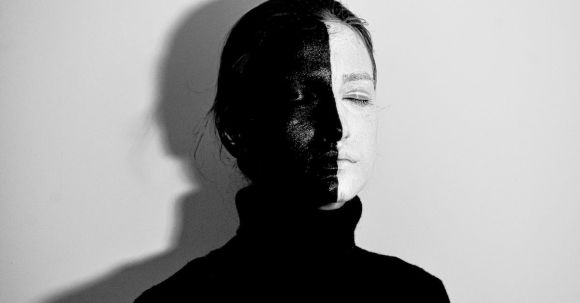The use of color in art has a powerful impact on our perception and emotions. Artists have long understood that colors can evoke specific moods and feelings, and they have used this knowledge to create captivating and thought-provoking works of art. In this article, we will explore the psychology of color in art and how it influences our interpretation and experience of a piece.
Color and Emotion
Colors have the ability to evoke a wide range of emotions. Warm colors such as red, orange, and yellow are associated with energy, passion, and happiness. These colors can create a sense of excitement and warmth in a painting, drawing the viewer’s attention and making them feel alive.
On the other hand, cool colors like blue, green, and purple are calming and soothing. They can evoke feelings of tranquility and peace, creating a sense of serenity in a piece of art. Cool colors are often used to create a sense of depth and distance, as they recede into the background and create a sense of space.
Color and Symbolism
Colors also hold symbolic meanings that can add layers of meaning to a piece of art. For example, red is often associated with love, passion, and power. It can evoke strong emotions and create a sense of intensity in a painting. Similarly, blue is often associated with tranquility, trust, and stability. It can create a sense of calmness and reliability in a piece.
Artists often use these symbolic meanings to convey specific messages or ideas in their work. By carefully selecting the colors they use, they can communicate complex emotions and concepts without the need for words.
Color and Composition
The way colors are arranged in a piece of art can also influence our perception and interpretation of the work. Artists use color theory and principles of design to create harmonious and visually pleasing compositions. They consider factors such as color balance, contrast, and harmony to guide the viewer’s eye and create a sense of unity in the artwork.
Contrast, for example, is the juxtaposition of different colors to create visual interest and depth. Artists often use complementary colors, which are located opposite each other on the color wheel, to create striking contrasts that draw the viewer’s attention. This technique can create a sense of tension and dynamism in a painting.
Color harmony, on the other hand, is the combination of colors that are pleasing to the eye. Artists often use color schemes such as analogous (colors adjacent to each other on the color wheel) or monochromatic (different shades of the same color) to create a sense of unity and balance in their work.
Conclusion: The Power of Color in Art
The psychology of color in art is a fascinating field that explores the ways in which colors can influence our emotions and perceptions. Artists have long understood the power of color and have used it to create captivating and meaningful works of art. By carefully selecting and arranging colors, artists can evoke specific moods, convey symbolic meanings, and create harmonious compositions.
Next time you look at a piece of art, take a moment to consider the colors used and how they make you feel. Notice the emotions that are evoked and the messages that are communicated through the artist’s choice of color. By understanding the psychology of color in art, you can deepen your appreciation and understanding of the masterpieces that surround us.
